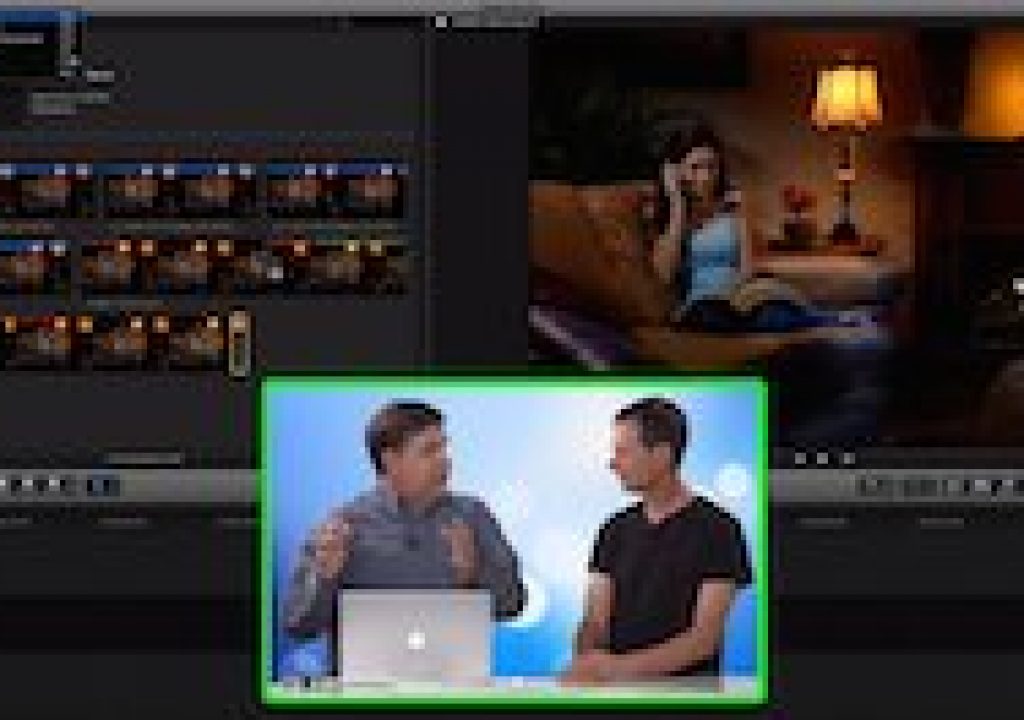Guest Bill Davis takes us back to the basics this week.
One of the foundational building blocks for working in Final Cut Pro X is a firm grasp of rating and filtering clips. This process utilizes Final Cut’s underlying database model and its ability to leverage metadata through the editorial process.
In this week’s episode of MacBreak Studio, I’m joined by editor Bill Davis as he takes us through his approach to rating and filtering clips in preparation for editing. Getting familiar with and organizing your footage makes the initial assembly process go so much faster, and while keyword collections and smart collections are also incredibly valuable tools, rating and filtering deserves its own focus.
Bill’s approach is simple, fast and effective: first, he uses the up and down arrows to navigate clips in the Browser. Then, to review an individual clip, he starts by immediately pressing I to set an In-point on the first frame. From there, he uses J-K-L to play, pause, reverse, and speed through the clip. His goal is to have every part of the clip identified as Rejected, Favorite, or Unrated. To do so, he presses O to set the Out point of a range, then presses the Delete key to reject, the F key to Favorite, or does nothing to leave a clip range as unrated. Rejecting a range adds a red line across the top edge of that range; favoriting adds a green line. Selecting this line re-selects the range so that you can easily change the rating. Pressing the U key will unrate a rated range. By using these keyboard shortcuts (J,K,L,I,O,F,U, Delete, and the arrow keys), Bill demonstrates how one can quite quickly review and rate footage.
Filtering then takes advantage of this new metadata to create views of your material. From the top of the Browser, you can choose to view the full clips, hide your rejected clip ranges, view just your favorite ranges, just rejected ranges, ranges of clips that haven’t been used in the current project, and clip ranges that have no ratings or keywords. Personally I find every single one of these filtering options useful in different stages of the editing process, and I recommend memorizing the keyboard shortcuts for selecting them that appear next to them in the menu.
Bill shows us how we can use Hide Rejected to never again look at a portion of a clip that we know we don’t need, and to view just our Favorite ranges to quickly select all these rated ranges and make a first assembly edit.
If you master the power and fluidity of the rating and filtering process, you are on your way to having a good editorial experience with Final Cut Pro X.

Filmtools
Filmmakers go-to destination for pre-production, production & post production equipment!
Shop Now













